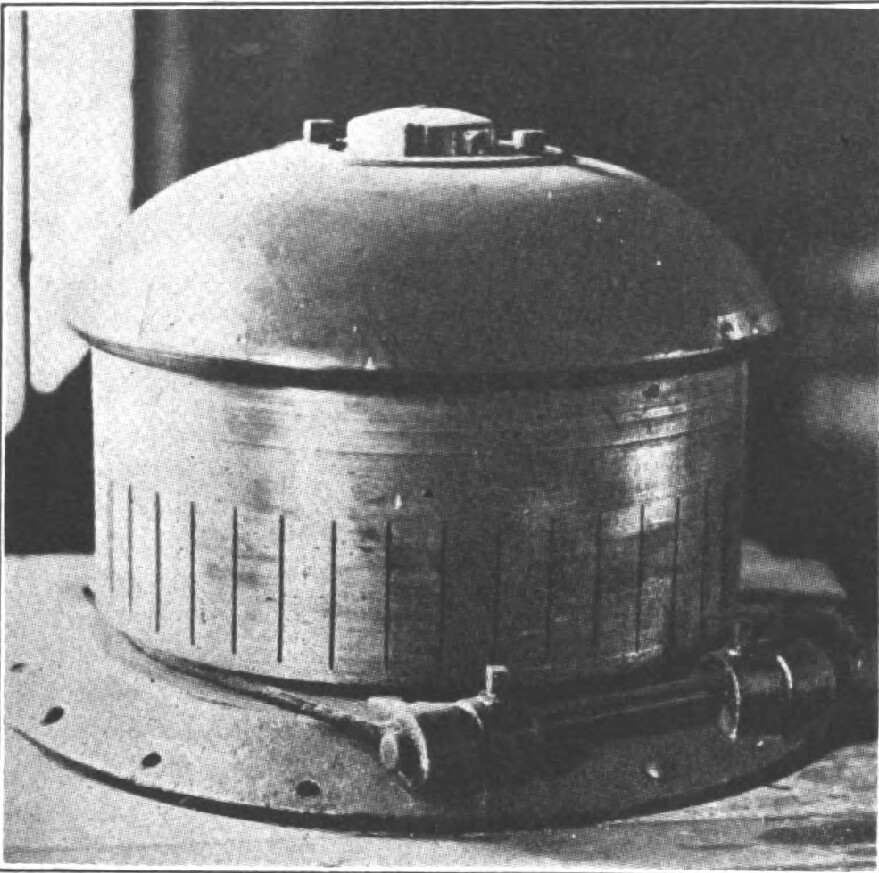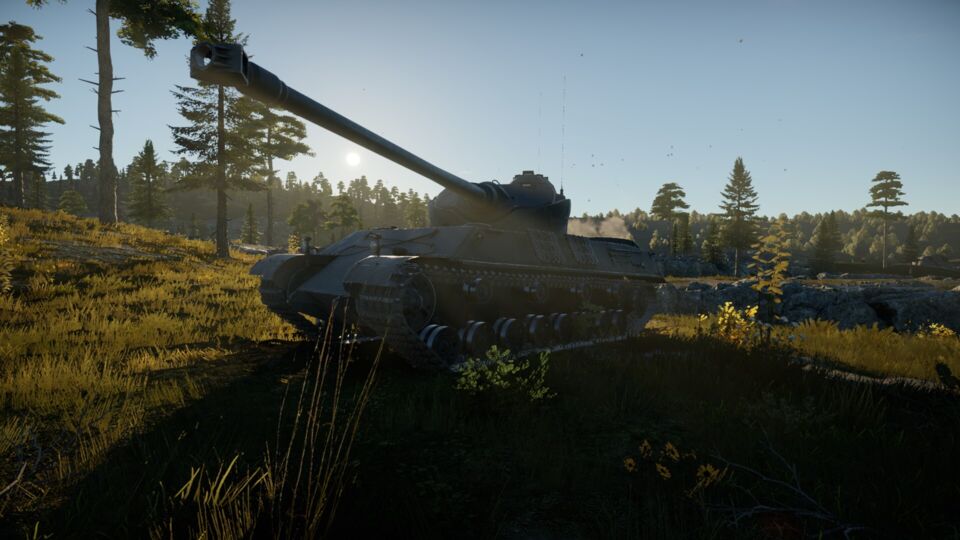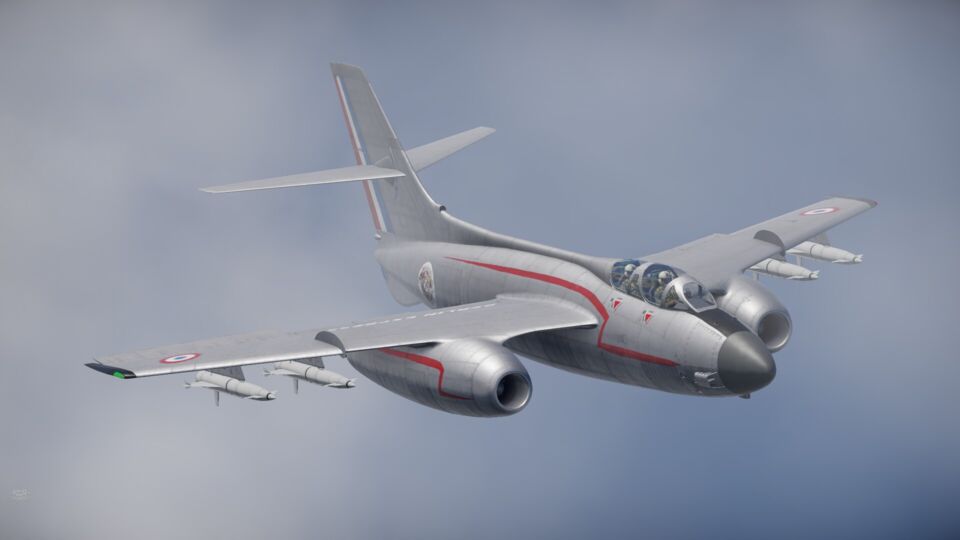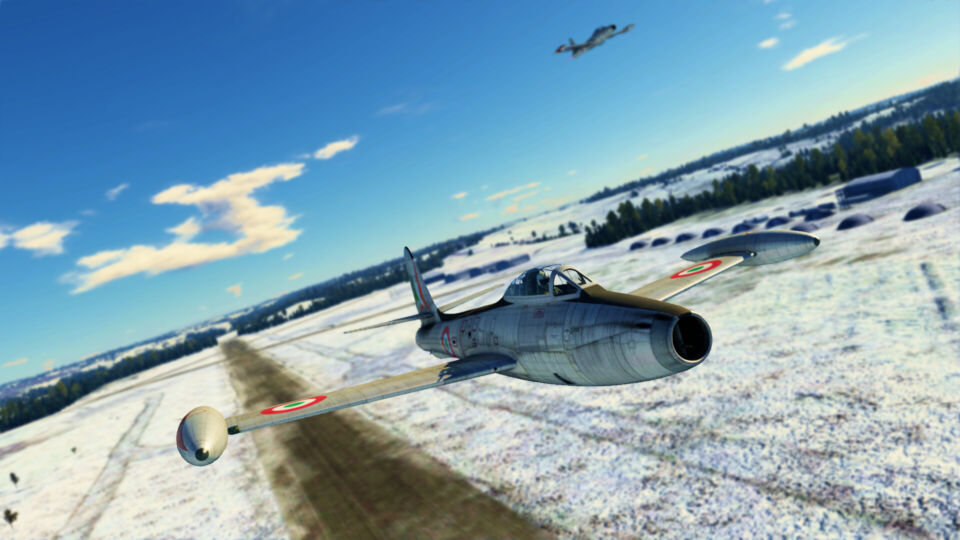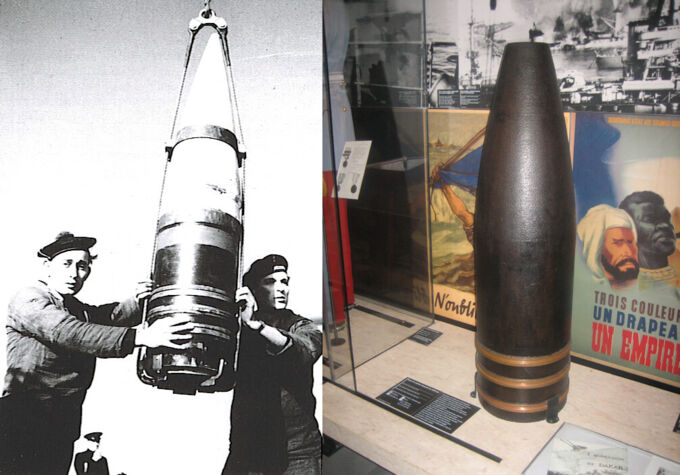#france
The Somua SM is a magnificent French heavy tank, which brings together a mix of agility, firepower, and armor that is rarely seen at where it lies in the tech tree. This tank plays more like a medium tank with its agility and high top speed, but its armor is strong enough to bounce many shells. The main feature of this tank though, is the 100mm L/58 cannon, which has a reload of only four seconds. The Somua’s autoloader allows for this but it is also able to keep the formidable ballistics of the 100mm L/58 cannon. This article will go over the Somua in detail and describe its strengths and weaknesses.
The Great French Revolution shook the entire world, and one of the first and most important events of that time was the storming of the Bastille prison-fortress on July 14th, 1789. This date was not celebrated for almost a hundred years until 1880, when July 14th became a National Holiday. For this day, a large military parade on the Champs Elysees was established one hundred years later in 1980.
The S.O. 4050 Vautour (vultur) IIN late is a second-generation two seat French interceptor fighter aircraft with all-weather capabilities that entered service in 1956. During its service, it participated in several conflicts in Israel, shooting down two Jordanian Hawker Hunter fighters. In France, it served as a launching platform for the first French radar-guided missiles. However, it was soon replaced by the much more advanced Dassault Mirage III, which was capable of supersonic flight.
The Rafale, developed by Dassault Aviation, is the centerpiece of the French Armée de l’Air et de l’Espace (Air and Space Force), and is arguably one of the best multirole aircraft in service today. However, developing such an advanced machine was no easy task. France chose to create a combat aircraft that could replace a wide array of legacy platforms, from reconnaissance and nuclear deterrence to air superiority and naval operations. The Rafale embodies the concept of, as Dassault calls it, an “omnirôle” aircraft, designed to excel in every mission, performing multiple roles in a single flight, and doing so without requiring major modifications to the aircraft itself. In this article, I will explore the history of its development, from the prototypes to the pre-production models.
The VBCI-2 (MCT-30) is the premium variant of the VBCI family of wheeled IFVs, equipped with the 30mm Bushmaster Mk. II in a crewless turret. Despite being armored enough to withstand light autocannons, at least from the front, it is one of the most mobile wheeled IFVs in the game and when paired with the 150 rounds of Mk.258 APFSDS, it can take out almost any tank from its side within seconds.
French 203 mm/50 model 1924 was used by the French heavy cruisers during the Second World War, most notably Colbert and Dupleix. It came equipped with SAP and HE shells, with the latter having a very large explosive filler compared to the SAP shell but poor penetration, while the former having just slightly larger explosive filler than SAP but offering a contact fuse, which might be preferable under some circumstances. Lacking a dedicated AP shell, it struggles to deal with heavily armoured cruisers.
The AMX-50 Surbaissé is the last modification of the AMX-50, built to be a lighter version of the Surblindé, it is an accumulation of several years of design and prototyping to create a French tank killer. Offering the 120mm SA46, a six second reload, decent armor, and good mobility, playing the Surbaissé is an experience you'll be hard pressed to find anywhere else in War Thunder.
Contrary to public belief, the 330 mm OPf Mle 1935 shell was not classified as a Semi-Armor Piercing type of ammunition. Historically, the Dunkerque class was designed to counter ships like the Graf Spee, which were lightly armored compared to other capital ships. One theory suggests that the 330 mm OPf shell was designed as SAP to fulfill this purpose. There are currently two claims that attempt to support the classification of the 330 mm OPf shell as SAP: the burster cavity was too large and the hardened cap was too thin compared to typical AP shells. However, additional historical and technical context disproves these claims and instead suggests that the 330 mm OPf shell was designed as AP. The historical context will be first established before addressing each of these claims.
